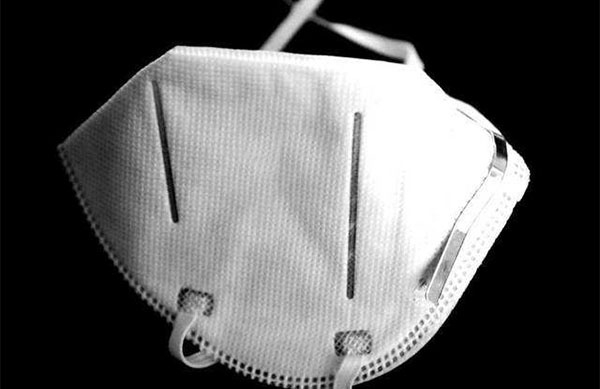Disposable FFP2 masks achieve high levels of filtering efficiency through several key design and construction features. These features are engineered to ensure that the masks effectively capture and filter out airborne particles, including dust, aerosols, and viruses. Here's how they achieve their high filtration efficiency:
Multiple Layers:
Disposable FFP2 masks typically consist of multiple layers of materials. These layers are designed to work together to filter particles of various sizes. The layers may include a combination of synthetic materials, such as polypropylene, and may include an electrostatic charge to enhance particle capture.
Melt-Blown Fabric: A critical component of FFP2 masks is the melt-blown fabric layer. This layer contains microscopic fibers that create a dense, random web-like structure. These fibers have a high surface area, which allows them to capture small particles through mechanical filtration.
Electrostatic Attraction: Some FFP2 masks use an electrostatic charge to attract and trap particles. This charge can increase the mask's ability to capture very fine particles, including viruses. Electrostatically charged masks are often referred to as "electret" masks.
High Filtration Efficiency Media: The materials used in FFP2 masks are selected for their ability to achieve high filtration efficiency while maintaining breathability. The balance between filtration and breathability is crucial to ensure that users can wear the masks comfortably for extended periods.
Multiple Layers and Filtering Stages: FFP2 masks often have multiple layers with different functions. For example, they may have an outer layer that repels moisture and a middle layer that provides filtration. The combination of these layers helps to prevent moisture from compromising the filtration efficiency.
Tight Seal: Achieving a good fit and a tight seal around the nose and mouth is essential for FFP2 masks' effectiveness. This prevents unfiltered air from entering around the edges of the mask, ensuring that all inhaled air passes through the filtration media.
Exhalation Valve: Some
Disposable FFP2 masks have an exhalation valve, which allows for easier breathing by reducing exhalation resistance. However, masks with exhalation valves may not provide source control (i.e., they do not prevent the wearer from expelling respiratory droplets), which is important in some situations.
